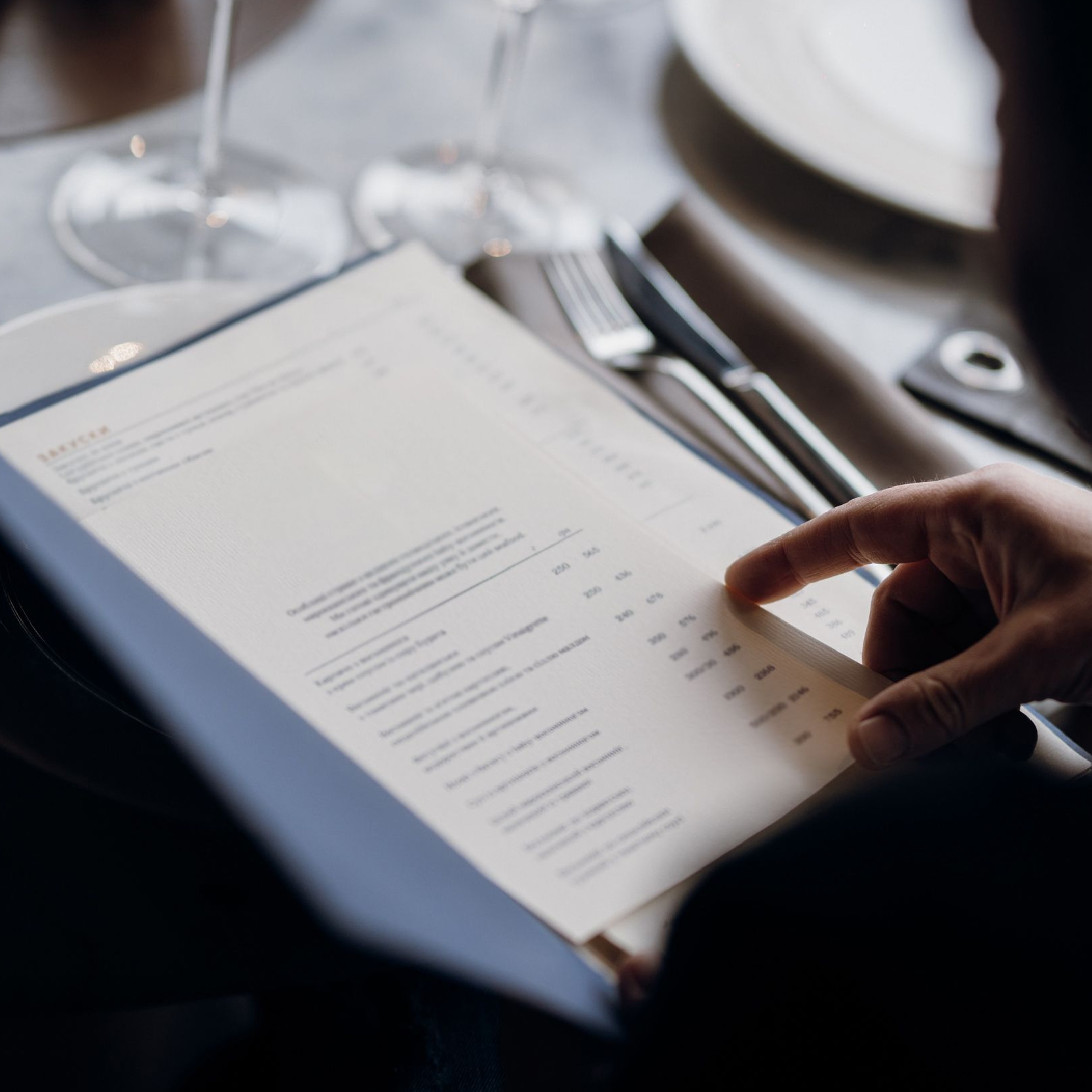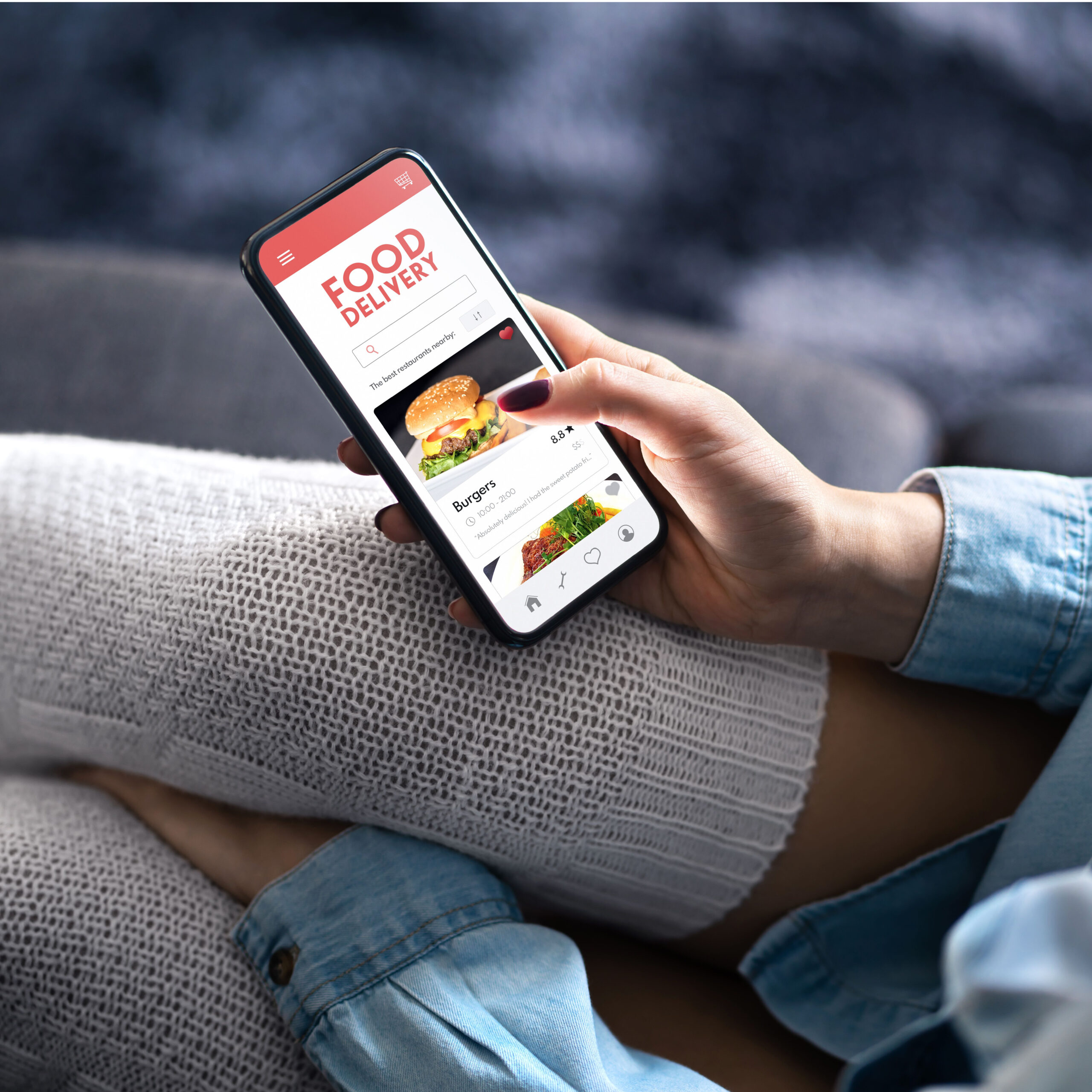What if prices of your favorite menu items went up and down just like the prices of your Ubers to and from the bar? As it turns out, that may be where we’re headed. The restaurant industry, long accustomed to fixed menu prices, is undergoing a shift towards dynamic pricing. Similar to the surge pricing model implemented by ride-sharing services and last-minute flight bookings, dynamic pricing in restaurants is likely to become a reality thanks to modern technology (just like service fees), Marketplace reports.


Dynamic Pricing at Restaurants Could Be in Our Future
The digital revolution has paved the way for restaurants to reconsider their pricing strategies. Ashwin Kamlani, CEO of Juicer, told Marketplace, "After the pandemic drove the industry towards more digitization, then it became much more easy to change prices based on a variety of factors multiple times." Juicer provides a service that enables restaurants to swiftly adjust their prices on digital menus, whether for online ordering or drive-through services.
Chains like Dave & Buster's are already planning to implement dynamic pricing, marking a significant departure from the traditional fixed pricing model. Jimmy Kimmel recently joked about this development on his talk show with a skit that showed entree prices rising by the second based on their popularity.

But while the term "dynamic pricing" may evoke thoughts of surging costs, Kamlani clarifies that the restaurant industry's implementation probably won't mirror the drastic increases associated with services like Uber during peak times. He emphasizes that the changes in restaurant prices will likely be more subtle, possibly just a matter of cents. For example, prices for items like wings may rise slightly during events like the Super Bowl.
Dynamic pricing offers various benefits for restaurants and potentially even customers, including the potential for lower prices during slower periods. Noah Glass, CEO of OLO, an online ordering platform, told Marketplace, "If there are slow times in a restaurant, and there always are, those are great times for restaurants to use discounts or discounted pricing to encourage guests to order during those time periods."

Dynamic pricing also proves valuable in managing inventory. It enables restaurants to offer discounts on surplus items, optimizing resource utilization. AI plays a crucial role in this shift, with AI-enabled tools utilizing machine learning algorithms to derive optimal prices based on internal inventory levels and competitor/customer responses.
The concept of dynamic pricing extends beyond the restaurant's physical space. It could also mean adding upcharges on delivery apps (which many restaurants already do), charging more for delivery services during peak hours, implementing fees for last-minute reservations, and offering rewards to loyal customers. The integration of AI enables businesses to adapt prices in real-time based on various factors.

While dynamic pricing presents numerous advantages, there are concerns about its impact on customer loyalty. Sarwar Khawaja, chairman of Oxford Business College, told the BBC that some consumers may reject certain use cases, such as dynamic pricing for beers in a favorite bar. Striking the right balance between maximizing profits and maintaining customer loyalty will be crucial for the successful implementation of dynamic pricing in the restaurant industry.
All in all, it seems that era of dynamic pricing in the restaurant industry is approaching, driven by technological advancements and the industry's increasing digitization. While challenges exist, the potential benefits, including optimized pricing, enhanced customer engagement, and efficient inventory management, position dynamic pricing as a viable tool for restaurants navigating the evolving landscape of the foodservice industry.
READ MORE: Chick-fil-A Just Announced A Major Change To It’s Drive-Thru–And Customers Are Saying ‘Finally!’


























